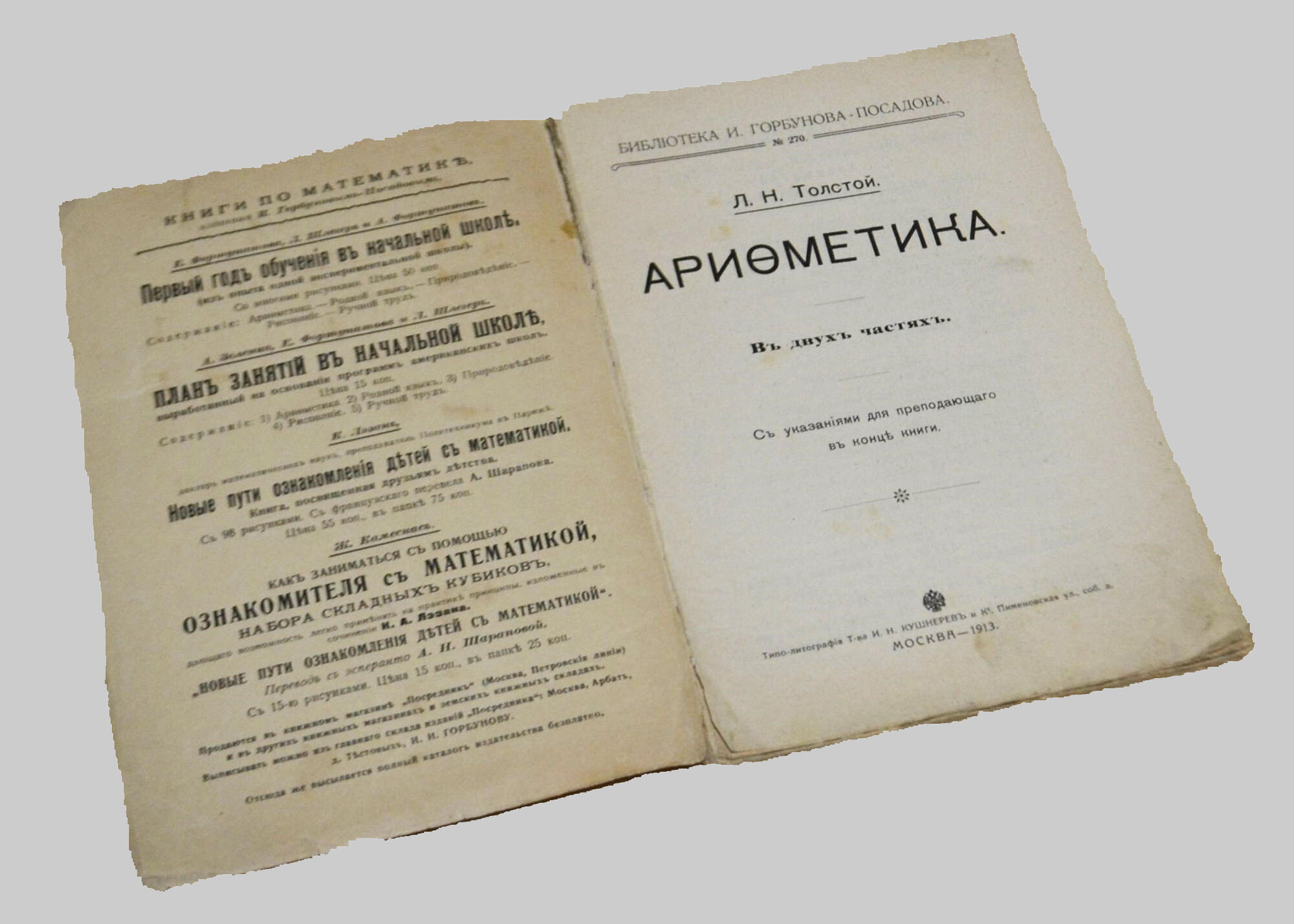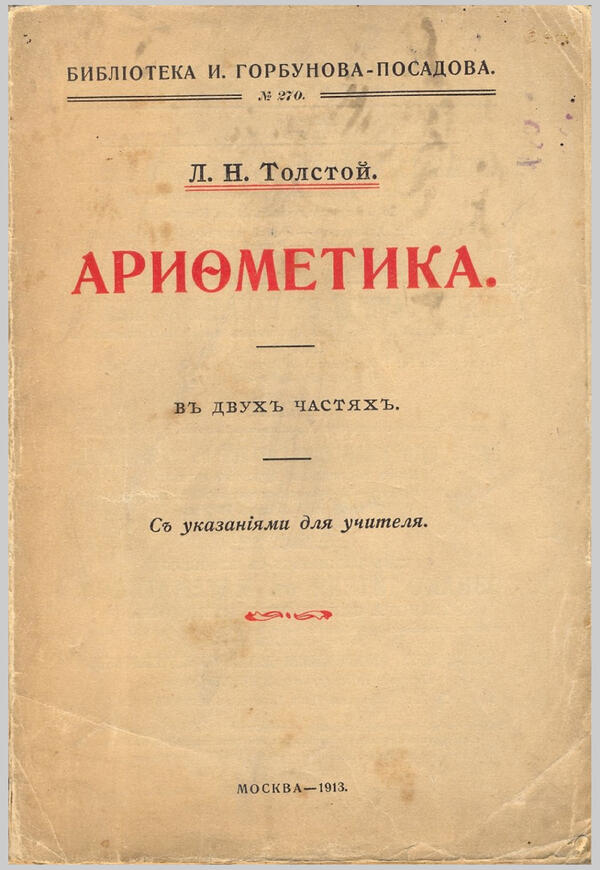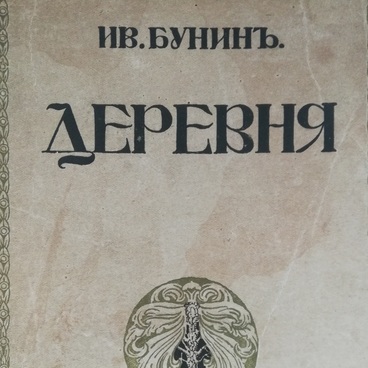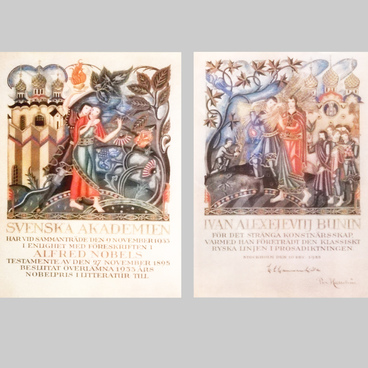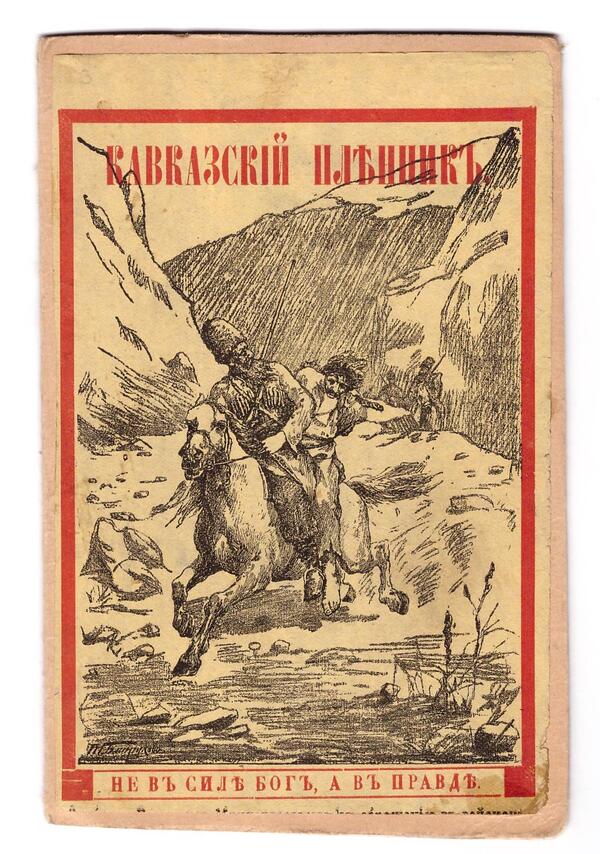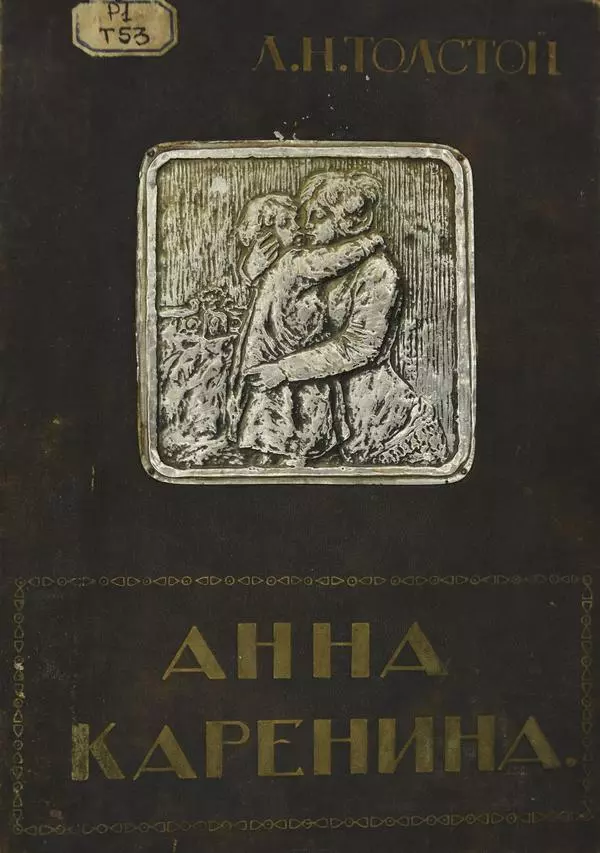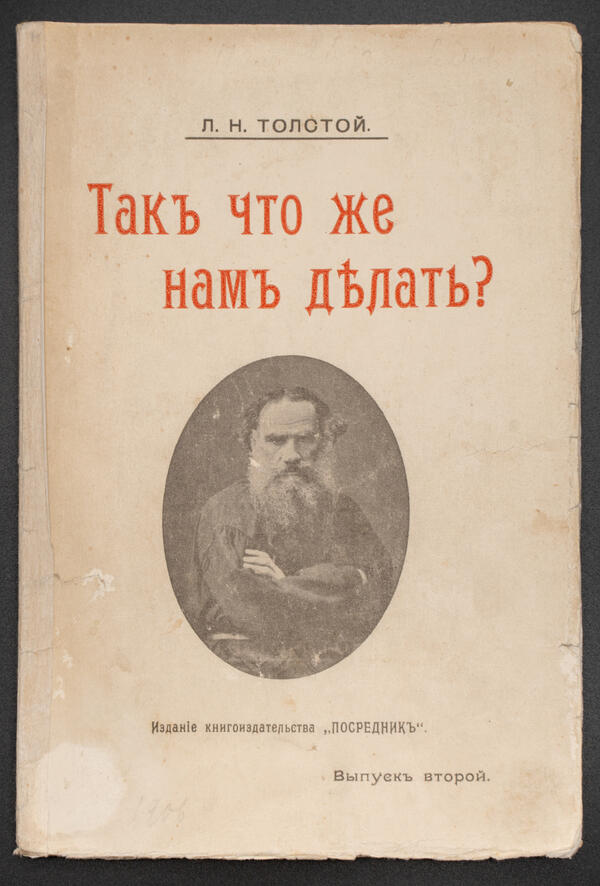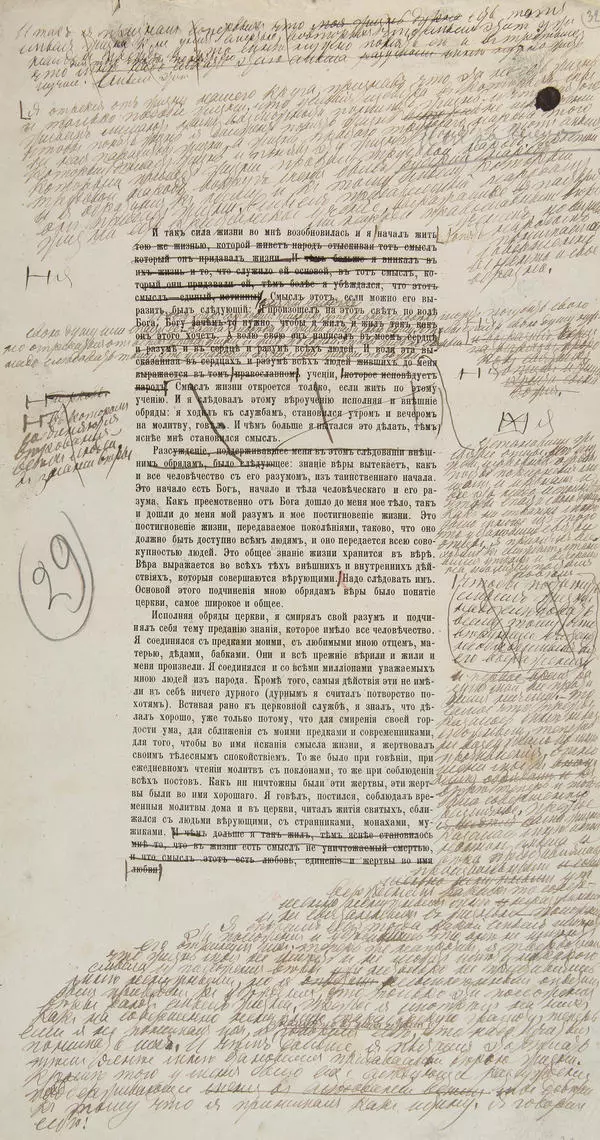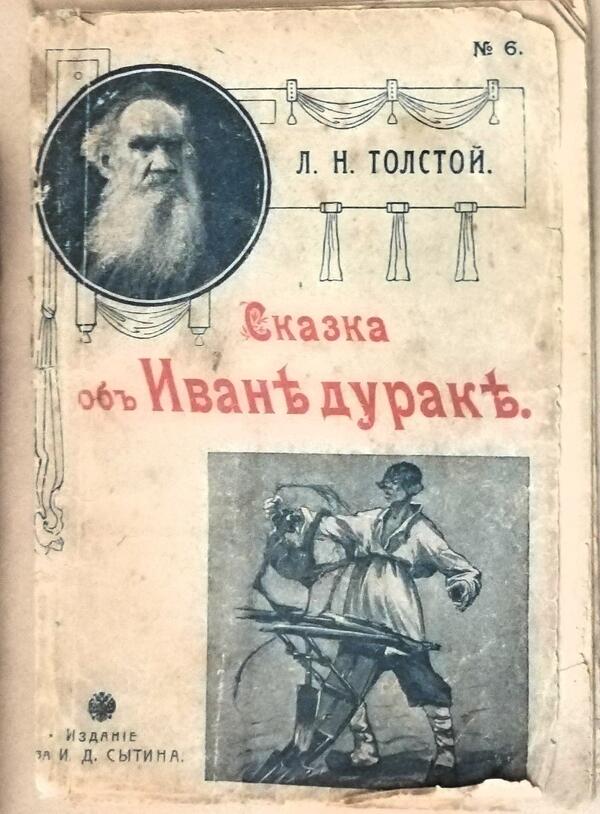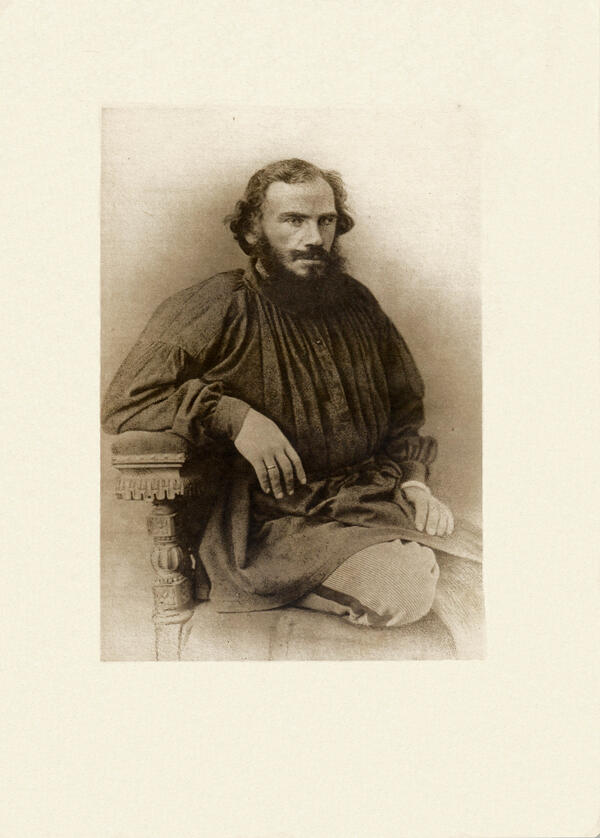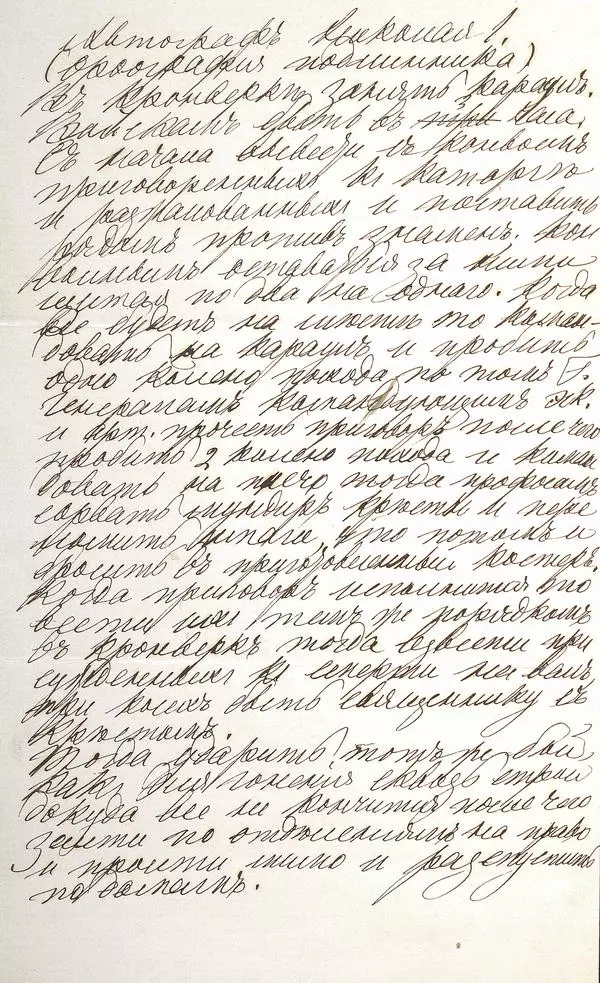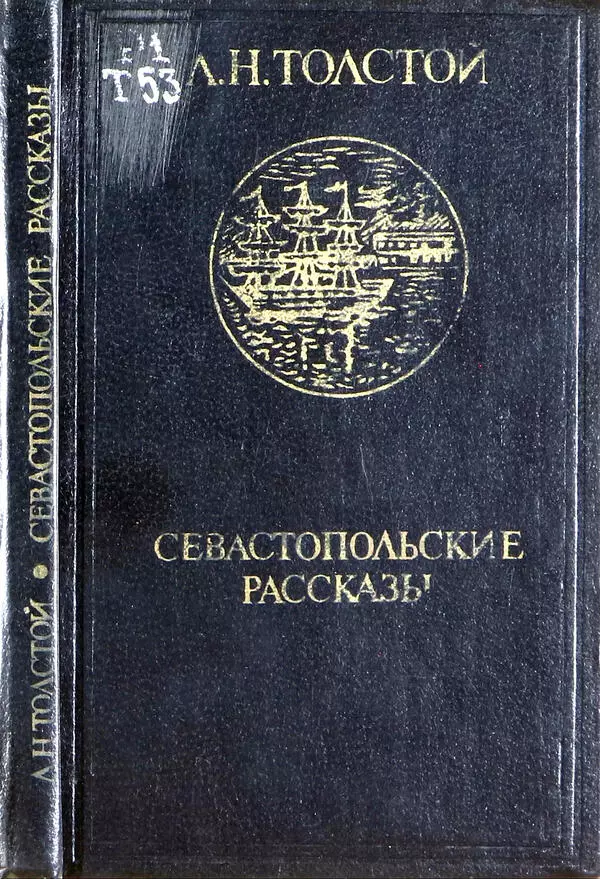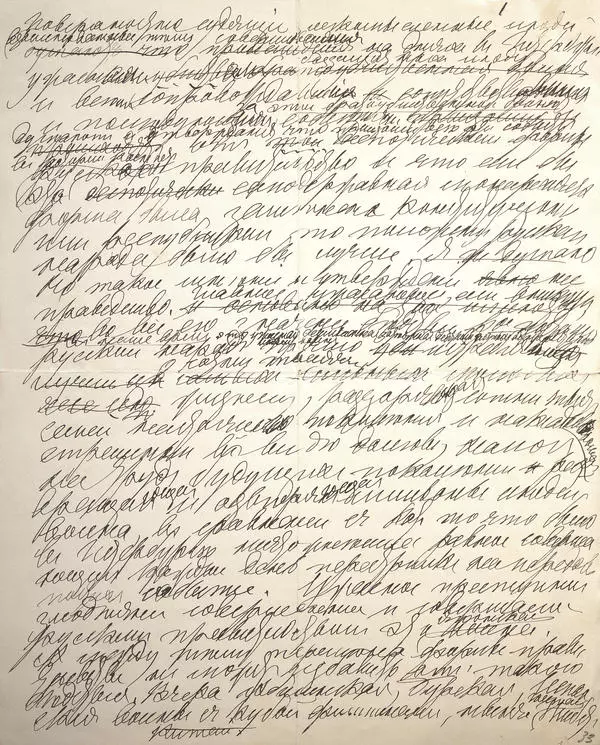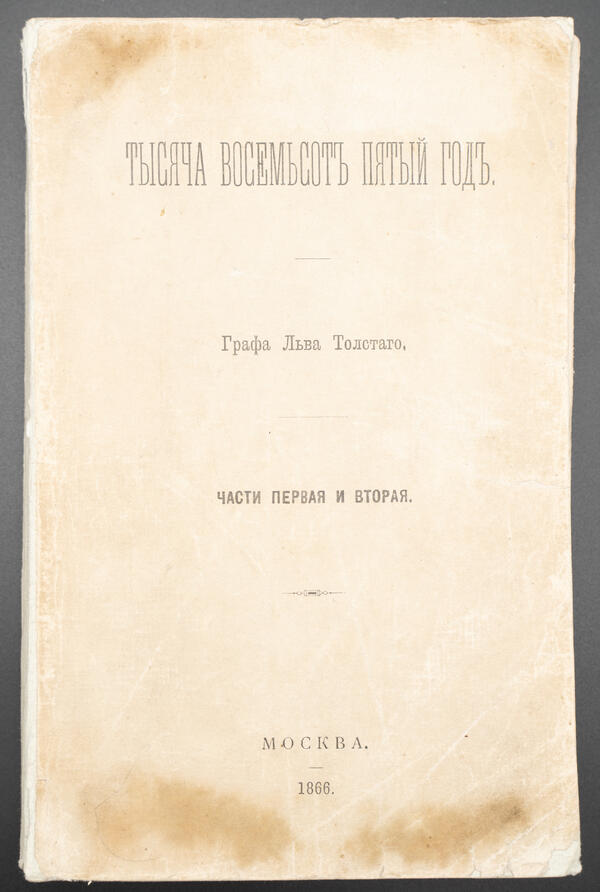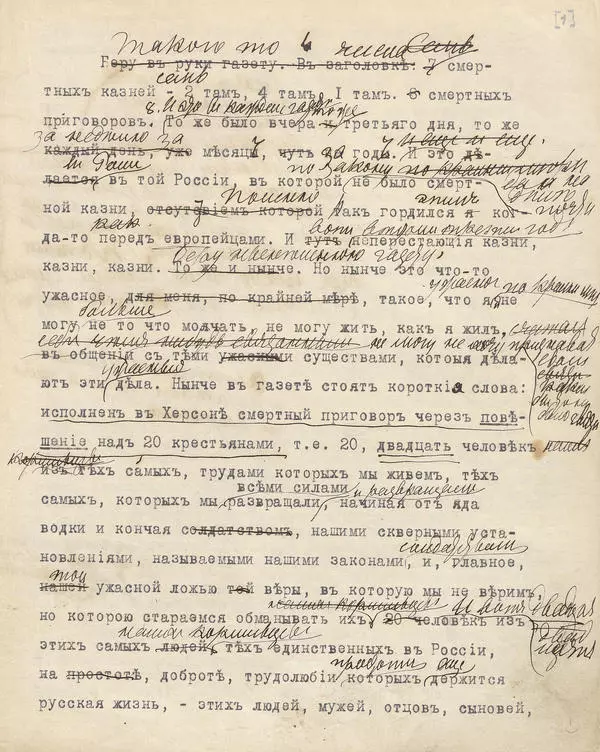In 1848, Lev Tolstoy started teaching in YAsnaya PolYAna and substantiated his position as follows:
‘When I enter the school and see this crowd of ragged, dirty, skinny children with their bright eyes and their faces of little angels, I feel anxious and horrified, like when you see people drowning… And the most precious thing is drowning here, it is exactly that spiritual thing that is so obviously evident in children. I want to give education to simple folks just to save those who have a potential to become a new Pushkin, OstrogrAdsky, FilarEtov, LomonOsov. There are plenty of them at each school’.
‘When I enter the school and see this crowd of ragged, dirty, skinny children with their bright eyes and their faces of little angels, I feel anxious and horrified, like when you see people drowning… And the most precious thing is drowning here, it is exactly that spiritual thing that is so obviously evident in children. I want to give education to simple folks just to save those who have a potential to become a new Pushkin, OstrogrAdsky, FilarEtov, LomonOsov. There are plenty of them at each school’.
Teaching required good text books, many of those available at that time were disliked by Tolstoy. In 1872, Tolstoy’s ABC Book was published, and in 1875 a revised version of the New ABC Book and 4 Books for Reading were released. At that time he worked on a text book of arithmetics and put much effort into developing the methodology of teaching for primary schools and many other issues relevant for public schools. The great Master of the Word studied the methods of teaching math at schools, and harshly criticized the official methodology of teaching the basics of mathematics. Methodological findings brought L. Tolstoy to the right conclusions: “The goal of teaching math in not to show how to make calculations, but to teach how the human thinking can work to make those calculations”.
The writer often referred to mathematics in his works, wrote much about it in his diary, notebooks, and conversations with relatives. Tolstoy used mathematical concepts to produce his brilliant aphorisms about people’s characters, knowledge, and truth. Here are some of them: ‘All people are equal: as equal as all right angles with all their obvious distinctions’. — ‘All people are equal: as equal as all right angles with all their obvious distinctions’. — ‘Any person is a fraction. The numerator is — as compared to other people — his advantages and merits; the denominator is how this person evaluates himself. However, anybody can reduce their denominator — their self-opinion, and by doing so — become closer to excellence.’ Therefore, L. Tolstoy used to say the following about people who had a sense of grandeur about themselves: ‘He’s got too big of a denominator’. — “If a student didn”t learn how to do something on his own, then he”ll only be able to imitate, to copy, as there are too few people who would be able to operate the information they”ve learned, after they were taught how to copy”. — “A man is a fraction. The numerator is — as compared to other people — his advantages and merits; the denominator is how this person evaluates himself. However, anybody can reduce their denominator — their self-opinion, and by doing so — become closer to excellence.” In view of this, L. Tolstoy used to characterize people who had a sense of grandeur about themselves, with the following words: “He”s got too big of a denominator”. — “If a student didn”t learn how to do something on his own, then he”ll only be able to imitate, to copy, as there are too few people who would be able to operate the information they”ve learned, after they were taught how to copy”.

